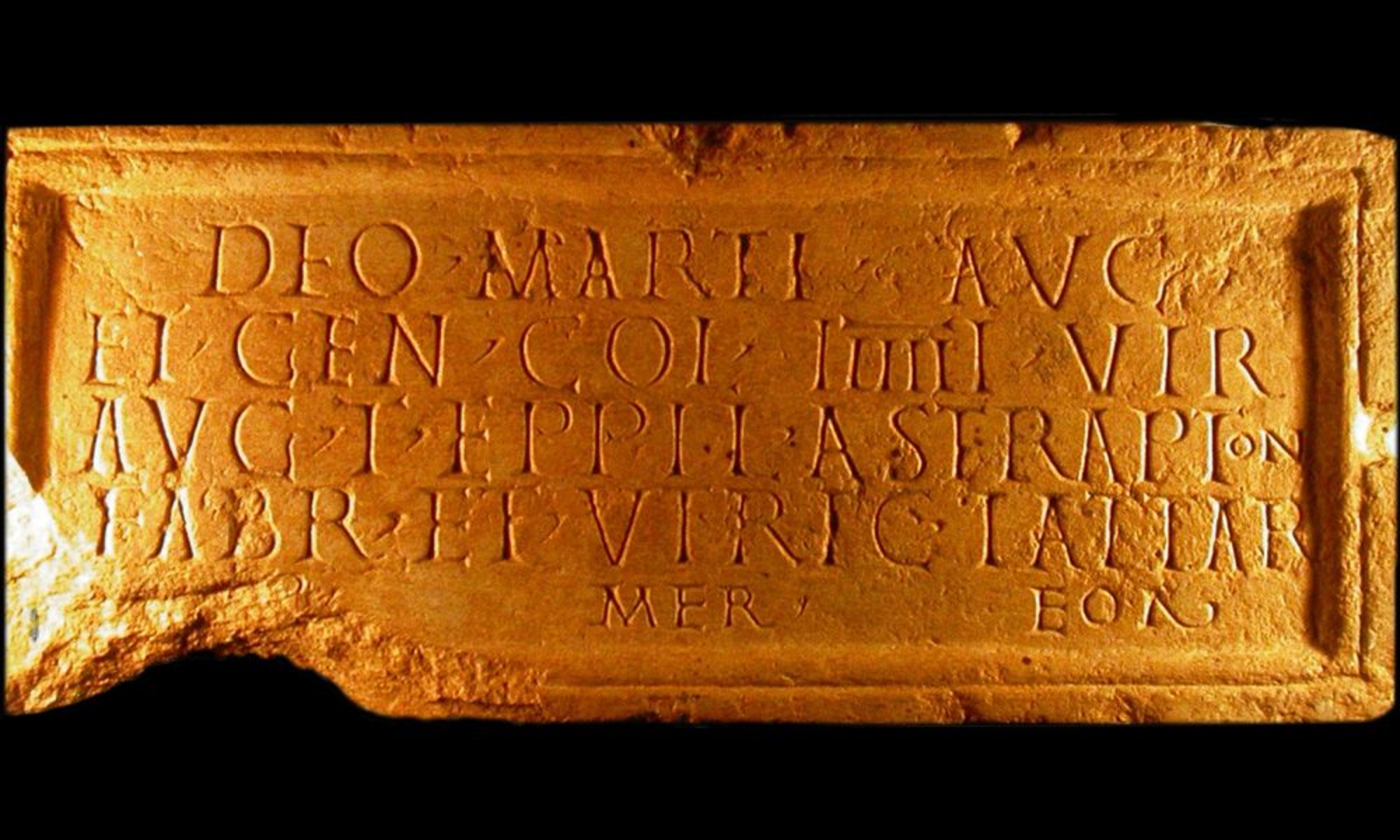
- Home
- A meeting of cultures
- Domestic practices
In addition to everyday activities, some indigenous domestic practices attest to beliefs that we know of only through archaeological evidence, which is often difficult to interpret. An example of this is the practice of ritual deposits found in houses or courtyards.
The most common ritual deposits are vases that were found completely empty, sometimes in association with other objects. They may have been put in place during the construction of the walls, and may have held food offerings, such as grain or fruit. Bodies of animals, both partial and complete, including goats, sheep, cattle and dogs – sometimes sealed in ceramic containers in the case of birds and snakes – have been found buried under the floors of houses and courtyards. Human remains have also been found in habitation layers; these isolated bones (relics?) may attest to a cult of ancestors. But the most unusual practice is the burial of babies and infants (less than six months old).
For a long time these were considered to be votive or foundation deposits; we now know that this was normal for this age group, which is absent from contemporary cemeteries. This practice, which is documented starting in the Bronze Age, continued until the end of the Roman era. Finally, we know of the existence of domestic rituals the meaning of which is mostly unknown. They took place around the hearth and involved, starting in the late 5th century BCE, terracotta andirons in the shape of animal heads (most often horses).










